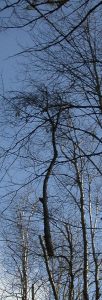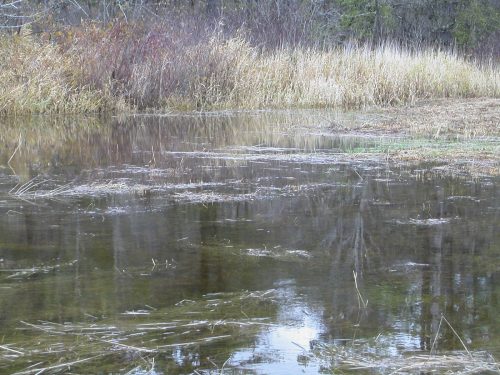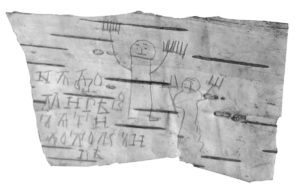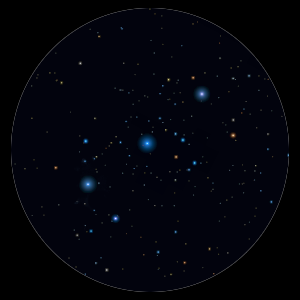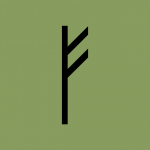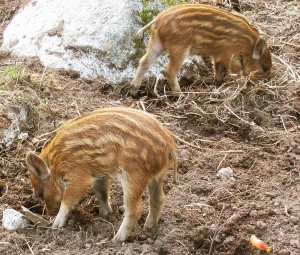Who knew that silly song from South Park would someday be relevant? The preoccupation this week has been poor air quality from forest fires up in Canada. We’re spoiled in the Adirondacks, used to pristine air quality, and I had headaches and burning throat until winds pushed the smoke down-country. The frequent rain here also helped. I plan to resume my outdoor sports tomorrow, weather permitting.
I started wondering about the animals affected by the forest fires. Yes, it’s sad and wrong for animals to suffer from fires caused by human activity, but nature is the cause of many fires, so I reasoned there must be adaptive responses.
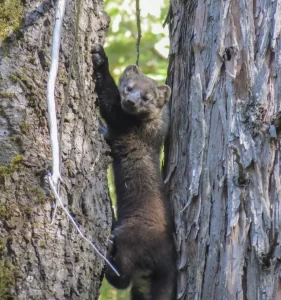
Forest fires are a primary method for promoting ecological diversity in western North America. Fires open the forest canopy and allow tree and grass species to flourish, which in turn protects small mammals and provides food for deer. In the Adirondacks, where there is high precipitation, fires are rare (thank Goddess!) and beaver dams and snowstorms open the canopy. Otherwise, the forest composition would eventually become mostly beech and hemlock.
Forest fire affect on animals depends on the intensity of the fire. There are low-intensity fires, where the dry brush and shade-resistant plants are burned away, and the tree trunks are scorched, while the tree roots remain healthy and the taller trees remain standing. The ash from these fires enriches the soil. The high-intensity fires create high temperatures that damage the roots and turn trees into dead snags. The ash produced is toxic to some plant species and most trees do not grow in the area for years or decades. A mosaic fire is a low-intensity fire with pockets of high-intensity heat. This is actually a fine scenario, from the standpoint of ecological diversity.
In a low-intensity or mosaic fire, animals shelter in place. Small rodents go underground, bears climb to the tops of trees, medium-sized animals and some birds appropriate tree cavities, while other birds and deer move to the periphery of the fire. When the fire is extinguished, the animals move back into their territories.
In a large scale high-intensity fire, such as what is happening in Quebec right now, animals migrate quickly out of the affected area. This brings them into conflict with animals in other territories or with humans. The animals cannot move back into their territories when the fires are gone because there is nothing for them there. While some grass cover will emerge, it will take years for the area of a large-scale burn to support diverse wildlife. Large scale, catastrophic fires particularly affect animals that live in deep mature forests such as fishers and goshawks.
I haven’t mentioned the affect of large-scale high-intensity fires on fish. Landslides from denuded forests containing toxic ash slide into waters and kill the fish.
This is a depressing scenario, but the good news is that forests will recover. We humans (not just Canadians) need to become better at preventing this situation, which is mostly the result of our activity.


